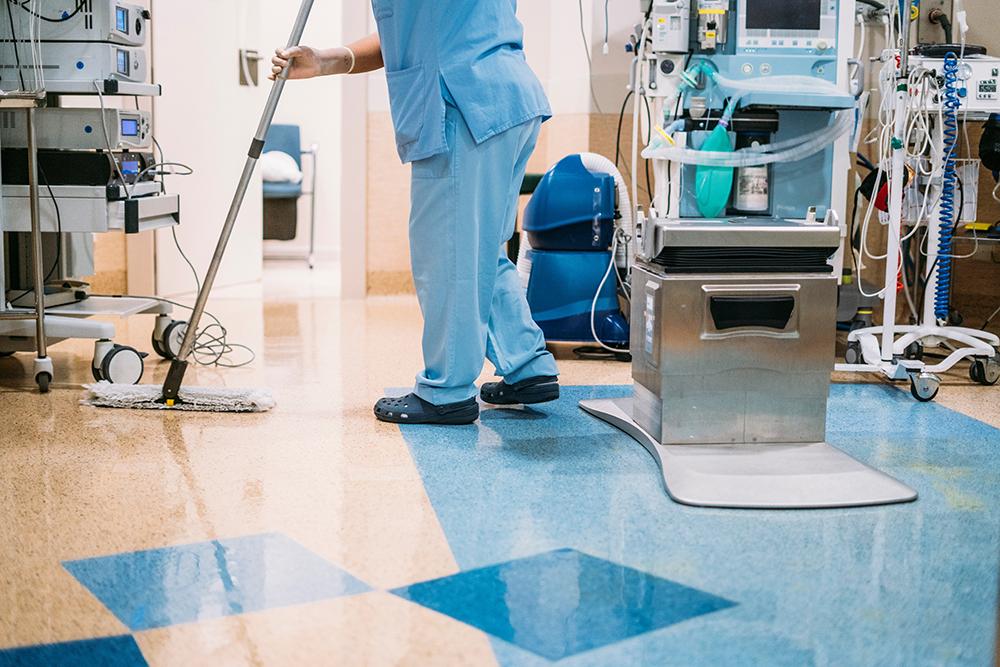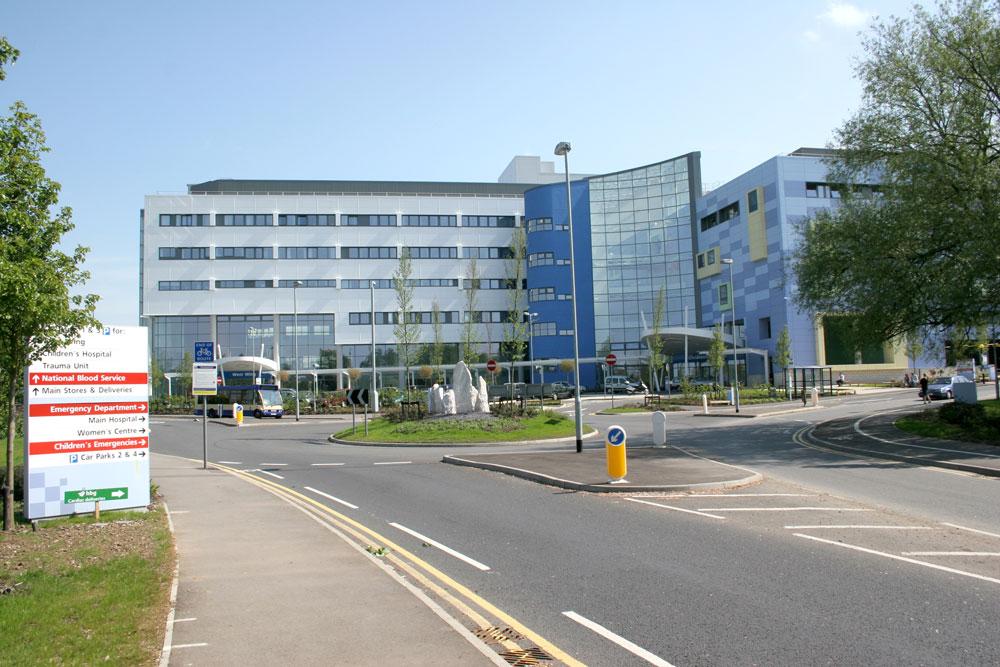NHS Digital recently published its Estates Returns Information Collection for 2021/22 which sets out information relating to the costs of providing and maintaining the NHS Estate including buildings, maintaining and equipping hospitals, the provision of services and the costs and consumption of utilities
The results from the 2021/22 Estates Return Information Collection (ERIC) are a mandatory collection for all NHS trusts including ambulance trusts. The results include information on the costs of providing and maintaining the NHS Estate including buildings, maintaining and equipping hospitals, the provision of services such as laundry and food, and the costs and consumption of utilities.
Estates and Facilities is the third highest cost for the NHS, so the information from the report is useful and relevant in many ways.
NHS Digital worked with stakeholders and data providers during the data collection, to improve data quality. This cooperation included a data assurance exercise with stakeholders and data providers and data definition refinement.
Scope and use
The report includes national and local level information from the ERIC return covering the period 1st April 2021 to 31st March 2022, with data from all NHS organisations in England providing NHS-funded secondary care during the fiscal year ending 31st March.
The data from ERIC is used by the Department of Health and Social Care (DHSC) and Arm’s Length Bodies (ALBs) to determine efficient use of funding. They also use it to make policy decisions.
Other government departments will also look at the data. For example, budgets for NHS expenditure are approved by the Treasury and ERIC provides evidence of expenditure in relation to Estates and Facilities.
NHS regulators use the data in their review process and when making decisions on inspections.
Trusts also use the data to benchmark themselves against other trusts to establish relative levels of efficiency, safety and quality. The data is also used for local investment planning, contract negotiation and service management.
Costs
The results show that the total costs of running the NHS estate were £11.1 billion, which is an 8.8 per cent increase compared to 2020/21. 2.8 billion was spent on Hard FM costs and 3.3 million was spent on Soft FM. 215 million was spent on management of Hard and Soft FM costs.
Capital investment for new build saw a 23 per cent increase, while capital investment for changing/improving existing buildings saw a 3.6 per cent increase and capital investment for maintaining existing buildings saw a 4.25 per cent increase. Meanwhile capital investment for equipment saw an 8 per cent decrease.
Private sector funding investment decreased 38.5 per cent from £160.7 million to £98.9 million. Meanwhile, public sector funding investment increased 9.9 per cent from £3.7 billion to £4.1 billion and charity and/or grant funding investment saw a 77.7 per cent increase from £139 million to £247 million.
Energy
The total energy usage from all energy sources across the NHS estate was 11.7 billion kWh. This represents a 2.6 per cent increase compared to the previous year. Energy costs rose 21.08 per cent from £652.7 million to £790.3 million. Electrical energy output of owned onsite renewables saw a 34.18 per cent increase from 5.7 million kWH to 7.7 million kWH.
The amount spent on backlog maintenance, was £10.2 billion – an 11 per cent increase since 2020/21. Backlog maintenance is a measure of how much would need to be invested to restore a building to a certain state based on a state of assessed risk criteria. Planned maintenance work is not included in this stat.
Cleaning services cost £1.2 billion – an increase of 7.5 per cent since 2020/21.
Water and sewage costs increased 3.41 per cent to £89.1 million.
The total cost of waste disposal increased 7.15 per cent to £152.8 million. This includes incineration of clinical waste and alternative treatment of clinical waste and domestic waste including landfill, recycling and food.
Other costs
Interestingly, the cost of storing medical records is also included. For 2021/22, this was £234.3 million, of which £175.3 million was on site and £58.9 million was for offsite. The report also included information on how medical records were stored. 12 trusts (excluding ambulance trusts) use paper-based medical records – no change from the previous year. Four trusts use electronic medical records, this is down from seven. 186 use a mix of paper and electronic records – a decrease of one. 98 trusts have an in-house medical record service provision, while 10 have an external or contracted one. 92 have a hybrid model.
Car parking is also included. The cost of car parking services to the NHS is £71.4 million – an increase of 8.89 per cent. The number of electric vehicle charging points has increased 69.81 per cent from 1,411 to 2,396.
Inpatient food services saw a 6.85 per cent increase from £617.8 million to £660.2 million. Meanwhile, the total cost of laundry and linen saw an 8.89 per cent increase from £205.9 million to £224.2 million.
The cost of portering services increased 5.21 per cent from £351.5 million, to £369.9 million.
The report also presents fire safety metrics. In 2020/21, 1159 fires were recorded, compared to 1175 the year before. A small change of 1.36 per cent. There was a 4.88 per cent increase in fire alarms, with 20,511 false alarms recorded in 2021/22. 5982 of these resulted in a call out.
There were no deaths resulting from fires for the second year in a row and the number of people injured in a fire decreased to 31, from 51 the previous year.





